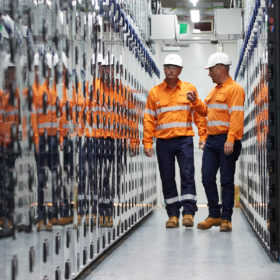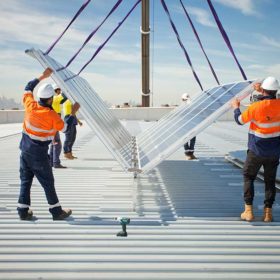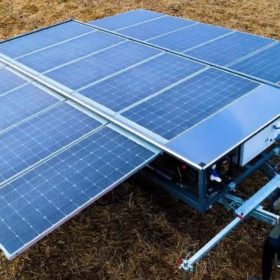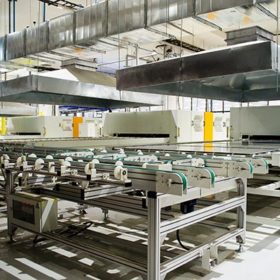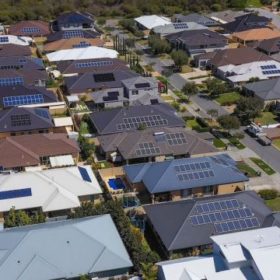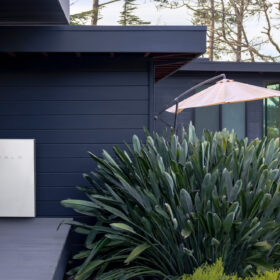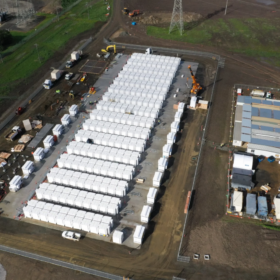Western Power switches on Australia’s largest microgrid
The Western Australian coastal town of Kalbarri can now be powered by an entirely renewable energy solution utilising rooftop solar and wind generation coupled with battery storage with state government-owned utility Western Power confirming the state’s largest renewable energy microgrid has been commissioned.
Sunday read: V2G driving grid changes
The uptake of EVs in the years ahead will add up to staggering battery capacity, mostly sitting idle on driveways. The two-way flow of electricity from EV batteries, known as vehicle to grid, could not only enable power systems to rely on intermittent renewables, but could also be the trump card for network operators to respond to grid disturbances. However, there are still a few catches to be worked out, as Marija Maisch explains.
Saturday read: the actual, real demand for green hydrogen
Green hydrogen is being proposed for an ever-wider variety of uses. While some of these are still a way off, others make little sense. But there are sectors where demand for green hydrogen is a reality today, writes Christian Roselund.
Poll reveals clean industries key to future prosperity in coal heartlands
The majority of voters in Australia’s historical coal and gas heartlands of New South Wales and Queensland believe the states’ future economic prosperity lies in clean industries, including renewable energy manufacturing and exports, and mining for critical battery minerals.
Cricket captain targets climate change with rooftop solar program
Australian Test cricket captain Pat Cummins is spearheading a campaign to have cricket clubs around the nation install solar PV systems in a bid to reduce carbon emissions, declaring it is time for the sport to do its bit to tackle climate change.
New German leader proposes ‘climate club’ that would punish free riders like Australia
Germany has announced plans for a new climate alliance between the world’s advanced economies, in a move that promises to transform international climate action.
Melbourne Airport lands on solar strategy as part of net zero ambition
Melbourne Airport, one of the Australia’s busiest travel, transport and freight hubs, has revealed plans to expand its solar PV energy portfolio just days after formally unveiling one of the nation’s largest behind-the-meter solar farms.
Solar trailer for off-grid applications
Developed by French start-up Ecosun, the trailer is equipped with 15 solar panels with output of 360 W and batteries with a storage capacity of 23 kWh. It can be used for construction sites, military camps and water pumping systems.
India targets domestic production with 40% PV import duty, boost to manufacturing-linked incentive
India’s Union Budget, presented this week by Finance Minister Nirmala Sitharaman, allocates an extra INR 19,500 crore ($3.6 billion) to the production-linked incentive scheme for solar from April.
EleXsys targets rooftop solar increase with trial of next-gen technology
Queensland company eleXsys Energy has secured more than $450,000 to help finance a trial of next-generation technology designed to manage grid stability in low voltage areas, potentially allowing for an increase in the amount of distributed energy resources, including rooftop solar, that can be connected to the grid.
